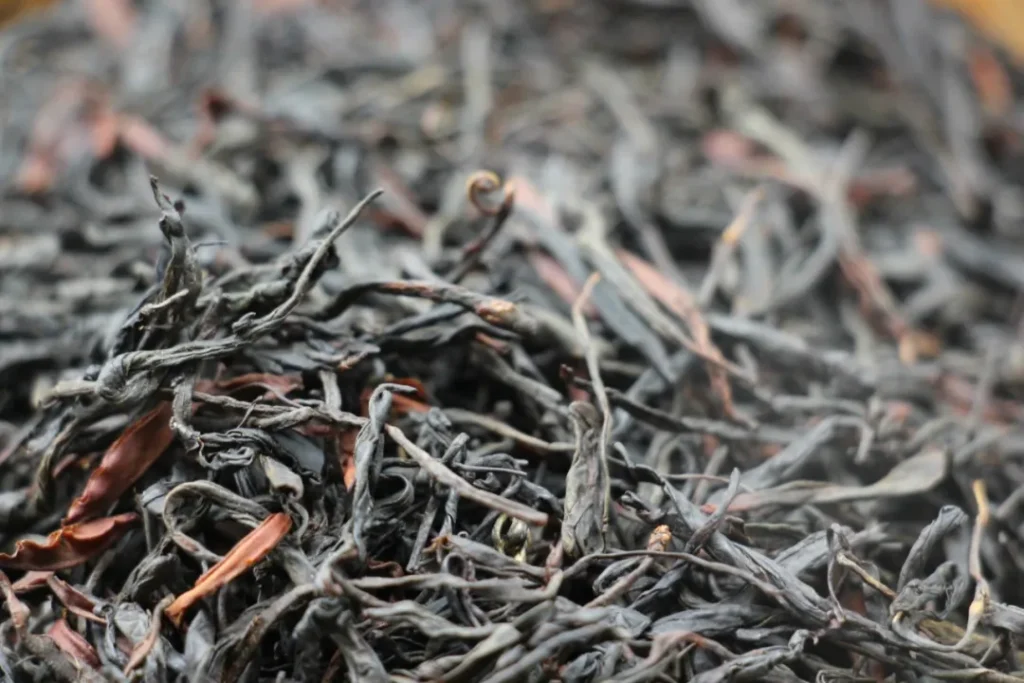In the realm of tea, black tea is cherished by many tea enthusiasts for its distinctive flavor and warm color. The market offers a vast array of black tea varieties with prices that vary significantly, ranging from affordable everyday options to high-end varieties that can be quite costly, making it a bit overwhelming for consumers. Today, we delve into the world of black tea, comparing different styles from the same brand across various dimensions such as functionality, price, quality, and appearance to help you better understand black tea and make more informed choices when purchasing.
Functionality Dimension: Commonalities and Unique Features
-quality black tea usually selects superior tea leaves and undergoes meticulous processing, resulting in better color, aroma, and taste, naturally commanding a higher price. For instance, black tea made from tender leaves with one bud and one leaf is often more expensive than that made from coarser leaves. 2. Origin The natural environment of different origins greatly affects the growth of tea plants.
Yunnan’s Dian Hong, with its unique climate and soil conditions, produces tea leaves with a distinctive flavor. High-quality Dian Hong is relatively expensive due to its origin. On the other hand, black teas from non-traditional premium producing areas are more affordable. Brand influence plays a significant role in pricing. Well-known brands command higher prices due to their market reputation and consumer trust in quality and taste. For instance, Zheng Shan Tang’s Jin Jun Mei, as the original brand of this type of tea, is priced higher than other brands. Quality Dimension Raw: Materials and Craftsmanship Superior black tea is meticulous in the selection of raw materials. High-quality fresh leaves should be complete, tender, and free from pests and diseases. The production process, from withering, rolling, fermentation to drying, is crucial at every stage. Taking Keemun black tea as an example, traditional Keemun uses a unique fermentation process that gives the tea its distinctive ‘Keemun aroma,’ which is a significant indicator of its quality. Lesser-known brands or those with non-standard processes may compromise the aroma and taste. Aesthetically, high-quality black tea has tightly rolled leaves with a uniform appearance and a dark, moist color. For example, Tan Yang Gong Fu black tea has slender, uniform leaves with a black, oily sheen and golden buds, giving an impression of high quality. Inferior quality black teas may have loose leaves, dull colors, and even impurities. Common Questions and Answers 1. How to Distinguish Good Black Tea? One can distinguish good black tea by appearance, aroma, color of the infusion, and taste. Good black tea has tightly rolled leaves with a dark, moist color; a pure and lasting aroma; a bright red infusion; and a rich, sweet aftertaste. 2. Which Season is Best for Drinking Black Tea? Black tea is warm in nature and can be consumed all year round, but it is especially suitable for winter, as it warms the body and provides protection against the cold.
3. What are the precautions for storing black tea? It should be kept in a dry, cool, and well-ventilated place, avoiding direct sunlight and odors, and it is best to store it in a sealed container.
4. Can drinking black tea affect sleep? Black tea contains caffeine, which may affect sleep, especially when consumed in large amounts before bedtime. However, if one is not sensitive to caffeine, moderate consumption is fine.
5. What are the differences in taste among black teas from different origins? For example, Yunnan Dian Hong has a rich taste with a unique sweet fragrance; Fujian Zheng Shan Xiao Zhong has a pine smoke aroma and a rich taste; Keemun black tea has a ‘Qimen fragrance’ with a fresh and mellow taste.
6. Can black tea be brewed? Yes, brewing can make the aroma and flavor of black tea more intense, and it can also be combined with milk to make milk tea.
7. What are the differences between fresh and aged black teas? Fresh black tea has a fresh aroma and a refreshing taste; aged black tea has a relatively low aroma, a richer taste, and a unique aged fragrance.
8. How to brew a delicious cup of black tea? Generally, use water at 85-95 degrees Celsius to brew, control the amount of tea leaves and steeping time according to personal taste, usually 3-5 minutes.
9. Can children drink black tea? Children can drink a moderate amount of weak black tea, but it is important to avoid strong tea to prevent affecting nutrient absorption and sleep.
10. Can black tea be consumed on an empty stomach? It is not recommended to drink black tea on an empty stomach, as the components in black tea may irritate the stomach and cause discomfort.


